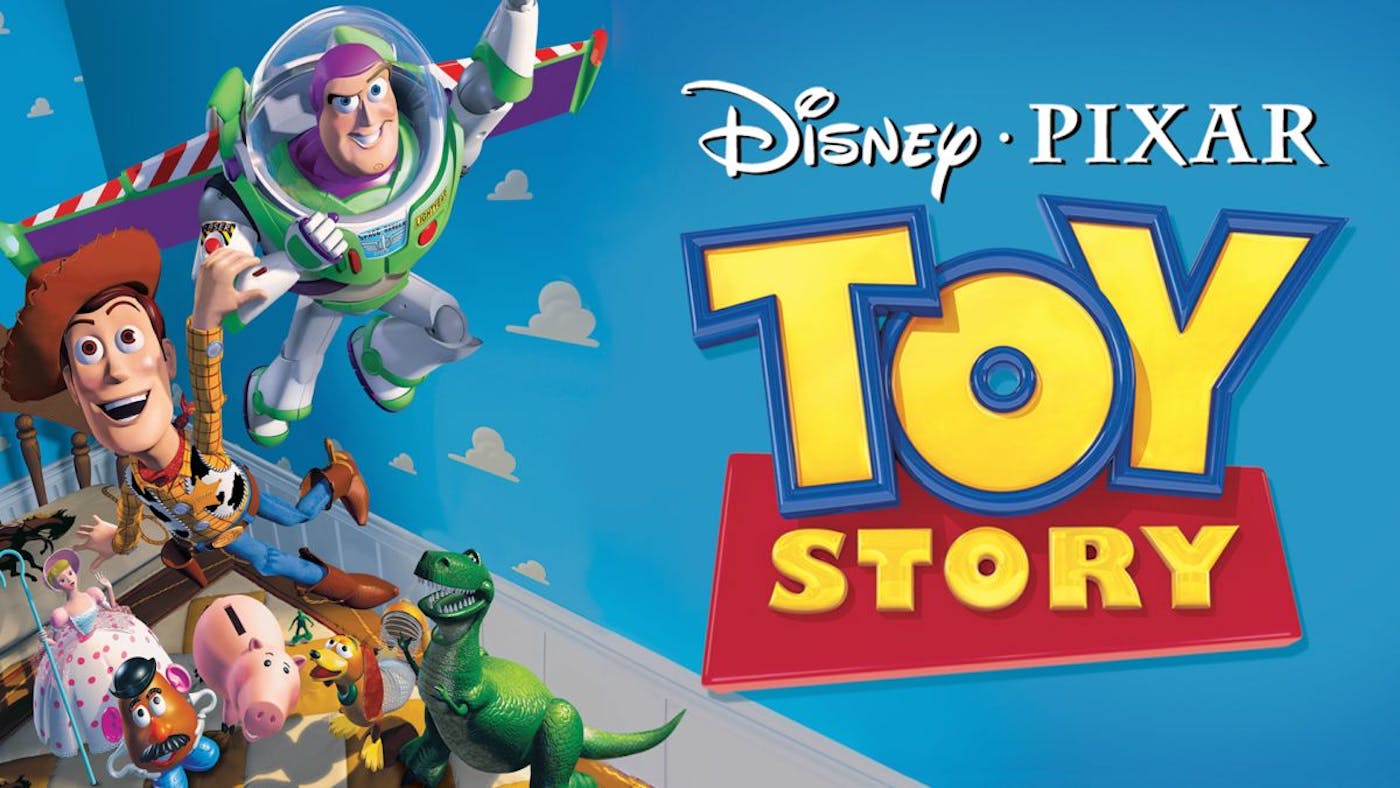Notes from The Making of Toy Story

Here are my highlights from The Making of Toy Story, a paper published in 1996 by Mark Henne, Hal Hickel, Ewan Johnson, and Sonoko Konishi, from Pixar Animation Studios.
History
- In 1986, Steve Jobs managed several core members of Lucasfilm Ltd. to split from Lucasfilm and form Pixar.
- Pixar produced several short films, including Tin Toy (1988)—that won an Academy Award in 1988—a clear precursor of Toy Story (1995).
- "Toy Story was conceived and written at Pixar, and developed in collaborative effort with a team from Walt Disney Feature Animation […] providing the cornerstone for Pixar's future."
Modeling
- Regardless of where 3d models were created, they were translated into Pixar's in-house Model language, a module of the so-called Marionette, "Pixar's proprietary production software environment."
- "The controls of a model, known as avars, are described procedurally in the Model language."
- Woody has 712 avars, 212 of those in his face alone.
Layout
- "The transition from pencil to computer can often be difficult, as the realities of scale and perspective reveal liberties taken in the sketches."
- "Great care was taken to use established techniques governing use of camera motion. Too many productions in computer animation move the camera simply because it's possible."
- "Toy Story is composed of more than 1,500 shots, and logical consistency must be maintained."
- "The audience should never notice the camera cuts; they should always feel natural."
Animation
- "When an animator first visits a shot, they can even put on their headphones and hear the audio track as the shot plays on their computer."
Lighting
- "Since Toy Story was produced in three dimensional computer graphics, setting up lights becomes very similar to the same task on a live filming stage. A key light provides the primary high-contrast contribution, added to a softer fill light, and with rim lights to help define the shape and produce additional highlights.
Production hardware
- "Each animator and technical artist is provided with a Silicon Graphics workstation on their desk, typically and Indigo2 loaded with between 96 and 256 megabytes of memory and up to 2 gigabytes of local disk space."
- "An arrangement with Sun Microsystems provided a RenderFarm of over 300 processors on the local network, combined with several Silicon Graphics RenderFarm machines. As personal workstations begin to sit idle, they are drawn into the pool of batch processors."
- "Disk resources are equally vast, with a DiskFarm of around 260 gigabytes of on-line storage containing approximately 140,000 digital image files."
- Sound effects were added outside of Pixar at Skywalker Sound.
- Final prints were made after adjusting colors across all the prints for consistency.
Conclusions
- "The day is now here when it is feasible and cost effective to produce a feature length motion picture entirely on computers. The commercial success of Toy Story confirms the message long proclaimed by Pixar; that the important elements of filmmaking are story and character, and that people will come to see a quality film."